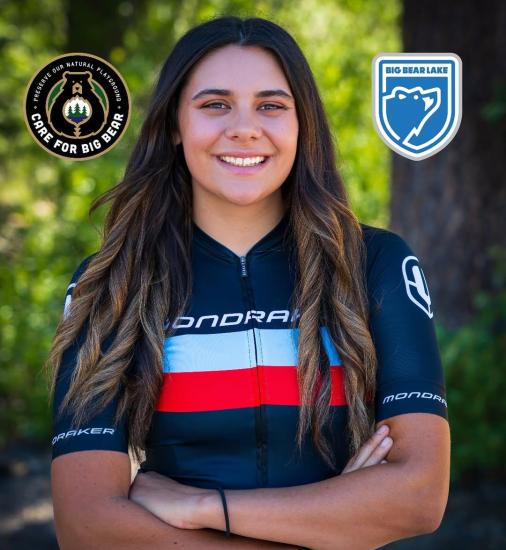The Altitude Advantage
Big Bear Lake has served as the training ground for countless Olympians and elite level athletes. With an average altitude of 7,000 feet above sea level, the Big Bear Valley is a prime spot for capitalizing on high altitude training.
Boxer Oscar De La Hoya, marathoner Ryan Hall, distance runner Brenda Martinez and snowboarder/skateboarder Shaun White are just a handful of sports greats that have trained locally in Big Bear - not to mention numerous local athletes growing up with the high altitude benefits on their side.
What are the benefits of High Altitude Training?
High Altitude Training (HAT) takes place between 5,000 and 10,000 feet above sea level. This is where the body begins adapting to environments with lower oxygen levels. Even non-athletes living at these altitudes will adapt and experience the benefits of high altitude living.
Physiological benefits include:
- Increased red blood cell (RBC) production: Lower oxygen levels stimulate the body to produce more RBCs that carry oxygen to muscles and tissues. Increased RBC count is attributed to better aerobic capacity.
- Enhanced cell function: Mitochondria in human cells adapt by using sparce oxygen more efficiently, improving metabolic performance.
- Lactic Acid Thresholds: Lower oxygen levels cause the body to delay the onset of lactic acid production during exercise. This increased threshold is linked to better anaerobic performance - or endurance.
How long does it take to acclimate?
For many, casual visits to high altitude destinations may cause little to no discomfort. However for training athletes, the struggle can feel very real.
On average it takes about 3 weeks for the body to acclimatize to endurance training at altitude. So, if you're looking to feel the benefits of altitude training, be sure you give yourself the appropriate time frame, and be sure to pace yourself as you adjust to the high environment.
Also keep in mind that the toughest altitude symptoms are generally felt 24 - 72 hours after arriving at your destination. So be gentle on yourself!
“Big Bear’s altitude helped shape my endurance and mental toughness.” Ryan Hall, Two-time Olympic marathoner
Champions in the Making!
Meet our Athlete Ambassadors. Visit Big Bear is proud to sponsor local athletes building their careers right here in Big Bear! Not only are these athletes eyeing the top spots, they're amazing advocates for our natural resources and responsible recreation. Get to know our ambassadors.

Ronaldo Mancilla - Boxing
My love for boxing began at 11 years old. Back then, I didn’t fully appreciate the advantage of training at high altitude. It wasn’t until I began competing as an amateur boxer that I noticed the difference: while my opponents struggled to catch their breath, I recovered quickly and stayed strong throughout the match. It all clicked in biology class in high school when I learned the science behind high-altitude training. That’s when I understood why so many elite athletes come to Big Bear to prepare for competition.
.

Siena Hermon - Mountain Biking
Training in Big Bear is ideal for me because there are an endless amount of singletrack trails and fire roads all around the valley. It is the perfect place to ride, for not only mountain biking but gravel cycling too. The elevation of 6,752 feet is known as the sweet spot for athletes. Living and training here year-round gives me a real advantage over athletes at sea level. And beyond the performance benefits, Big Bear is just beautiful. You get to see views of the lake, forested areas, wildlife, and my all time favorite thing about Big Bear is the beautiful blue skies we experience almost on a daily basis!
.